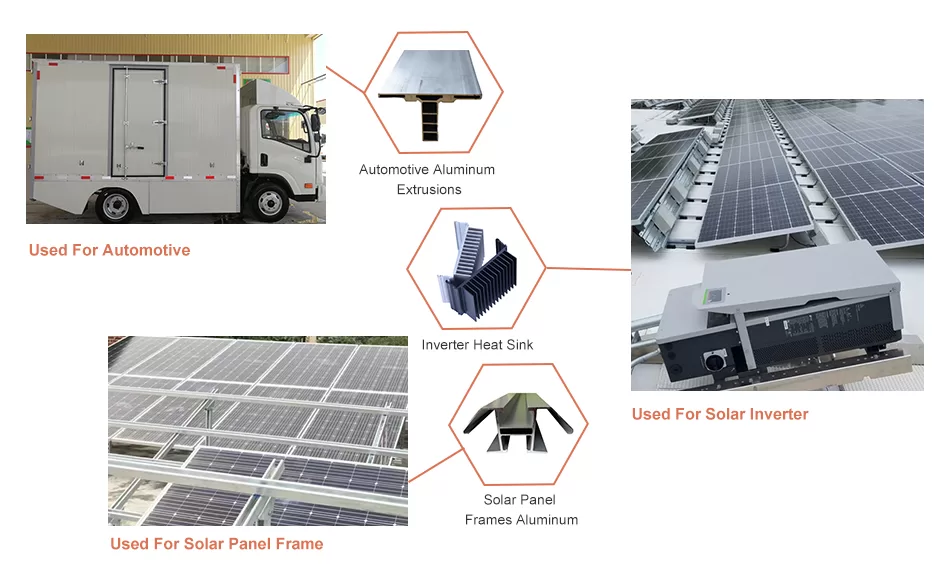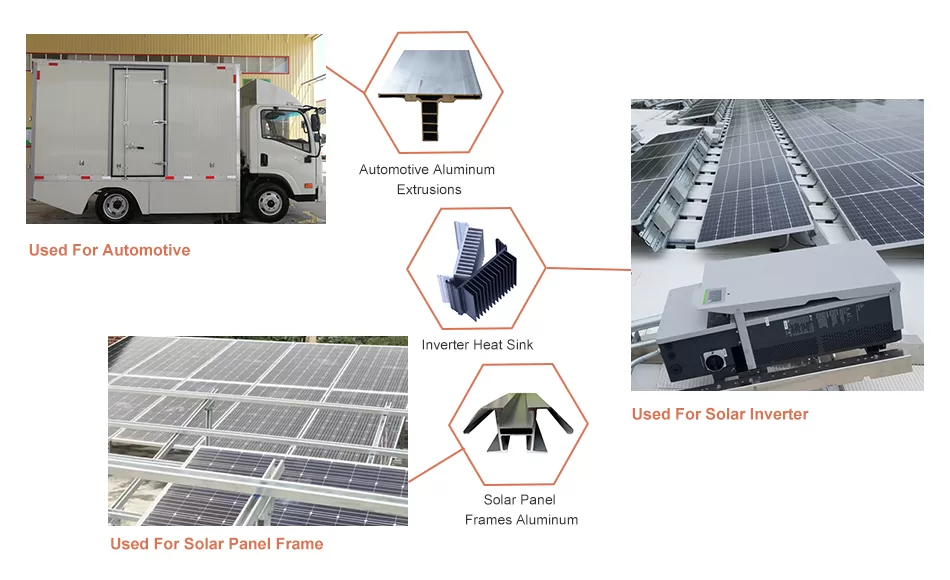Solar panels, a vital component of renewable energy systems, rely heavily on aluminum extrusions for their frames and mounting structures. Aluminum extrusion, the process of shaping aluminum into desired forms, plays a critical role in ensuring the durability and efficiency of solar panels. However, the environmental implications of aluminum extrusion in solar panel manufacturing cannot be overlooked. This article delves into the multifaceted environmental impact of aluminum extrusion in the production of solar panels, shedding light on its consequences for our planet’s health and sustainability.
Energy Consumption
The production of aluminum through extrusion requires significant amounts of energy. The process involves melting aluminum at high temperatures, followed by forcing the molten metal through a shaped die to create the desired form. This energy-intensive process contributes to greenhouse gas emissions, as the electricity used to power the extrusion machinery often originates from fossil fuels.
Air Pollution
Aluminum extrusion generates air pollutants such as particulate matter, sulfur dioxide, and nitrogen oxides. These pollutants can harm human health by causing respiratory problems, cardiovascular disease, and cancer. In addition, they contribute to acid rain and smog, damaging ecosystems and infrastructure.
Water Pollution
The extrusion process also produces wastewater containing heavy metals, such as aluminum, chromium, and zinc. These metals can contaminate water sources, posing risks to aquatic life and human health. Wastewater treatment is necessary to remove these pollutants before it is discharged into the environment.
Deforestation
Bauxite, the primary raw material for aluminum production, is often mined in tropical rainforests. The extraction of bauxite requires the clearing of forests, leading to deforestation and habitat loss for wildlife. Deforestation also contributes to climate change by releasing carbon dioxide into the atmosphere.
Land Degradation
The mining of bauxite leaves behind large areas of degraded land. These areas are often devoid of vegetation and soil, making them unsuitable for farming or other uses. Land degradation poses a significant challenge for local communities and ecosystems.
Recycling
Aluminum is a recyclable material, which can help to mitigate its environmental impact. However, the recycling process requires additional energy and resources. Moreover, the recycling rate for aluminum from solar panels is relatively low, as the panels often contain other materials that make them difficult to recycle.
Conclusion
The environmental impact of aluminum extrusion in solar panel manufacturing is a complex issue with far-reaching consequences. The energy consumption, air and water pollution, deforestation, land degradation, and recycling challenges associated with aluminum extrusion underscore the need for sustainable practices throughout the solar industry. By implementing energy-efficient technologies, reducing emissions, promoting recycling, and using alternative materials, manufacturers can mitigate the environmental footprint of solar panels and contribute to a greener and more sustainable future.




